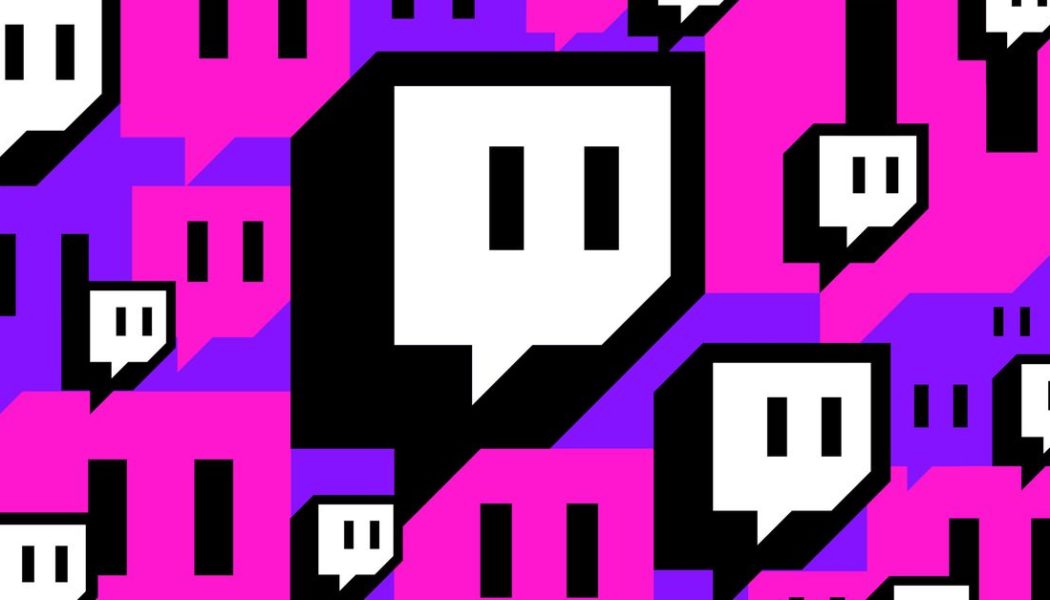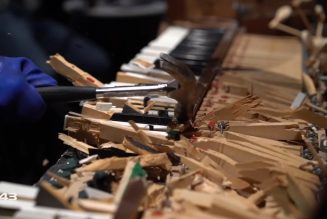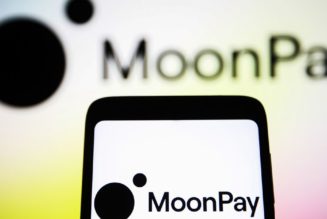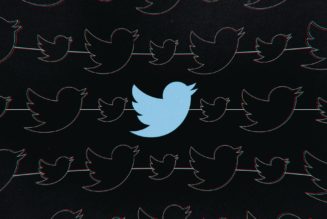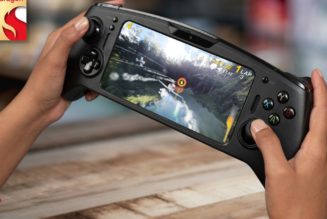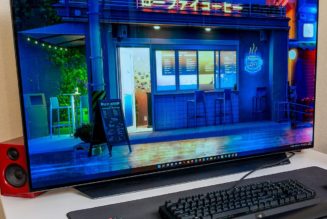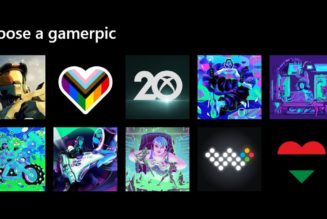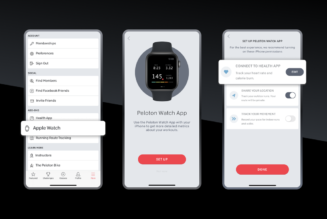/cdn.vox-cdn.com/uploads/chorus_asset/file/23951421/STK044_VRG_Illo_N_Barclay_1_twitch.jpg)
“Shield Mode is a little different from our other safety tools,” Twitch said in the announcement. “While it does introduce some entirely new capabilities … its real power comes from the way it combines and levels up existing safety tools in one place.”
Shield Mode seems similar to the community-developed “panic button,” which was devised to combat the surge in hate raids that took place last year. With Shield Mode, streamers and their mods can choose settings that will mass ban chatters using a specific word or phrase or prohibit first-time chatters from speaking at all. Then, when the harassment wave is over, Shield Mode can be deactivated, returning the stream to its previous settings.
One of the interesting features in Twitch’s announcement of Shield Mode is that it recognizes and calls out the stressful balancing act marginalized streamers face when it comes to safety on the platform. Twitch’s current safety tools — like phone-verified chat and its more mundane features like subscriber- or follower-only mode — are great at protecting creators from malicious attacks like hate raids or spam but have an adverse effect on a channel’s ability to grow. Twitch says Shield Mode is unique in that it will allow streamers to temporarily beef up their security with the touch of a button and, with the same touch of a button, return things to normal when the harassment wave passes.
Twitch has long been dinged for its seemingly poor and slow response to creators who aren’t in the top 0.01 percent. The #TwitchDoBetter movement, which led to creators organizing a one-day boycott of the platform, emerged when streamers complained that the platform wasn’t doing enough to protect or at least proactively communicate with the Black, brown, and LGBTQ+ streamers affected by a sharp uptick in harassment campaigns last year.
Twitch seems to acknowledge this in its messaging around Shield Mode:
Streamers who need online protection the most—including Black and LGBTQIA+ streamers disproportionately targeted by hate raids— often need online visibility the most. So particularly for underrepresented communities, we hope this will be a first step in helping you keep your community open and welcoming to new members, while also maximizing your safety.
